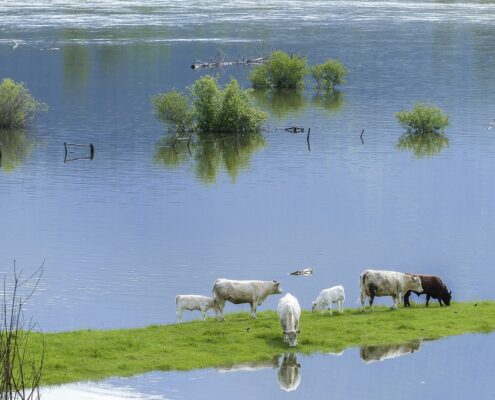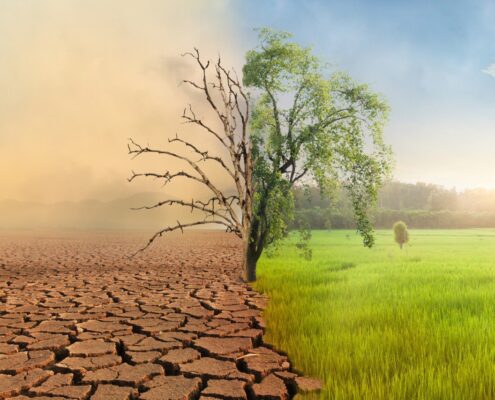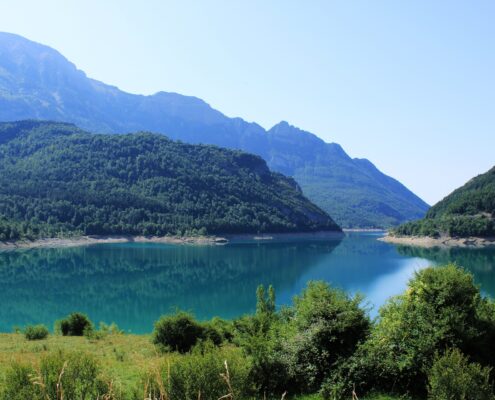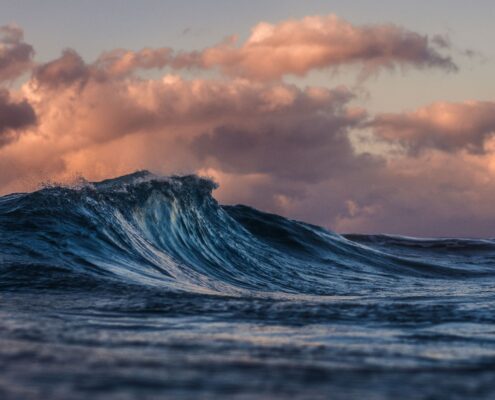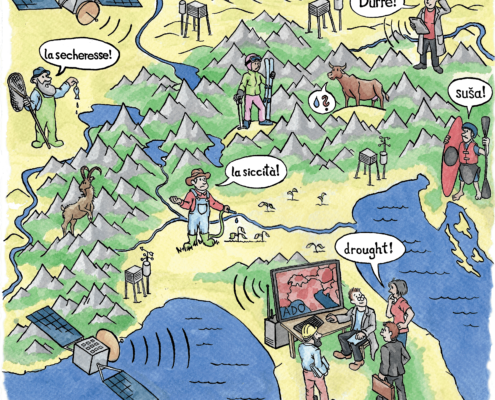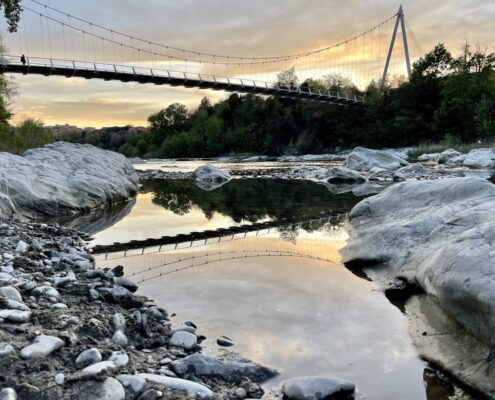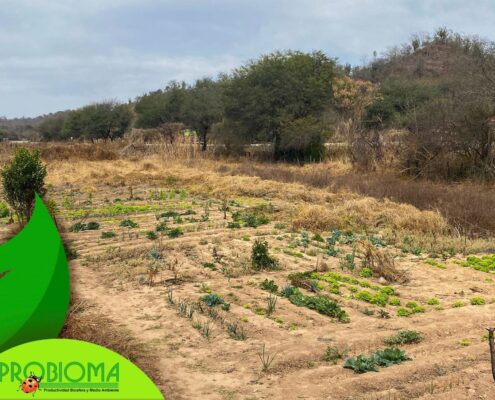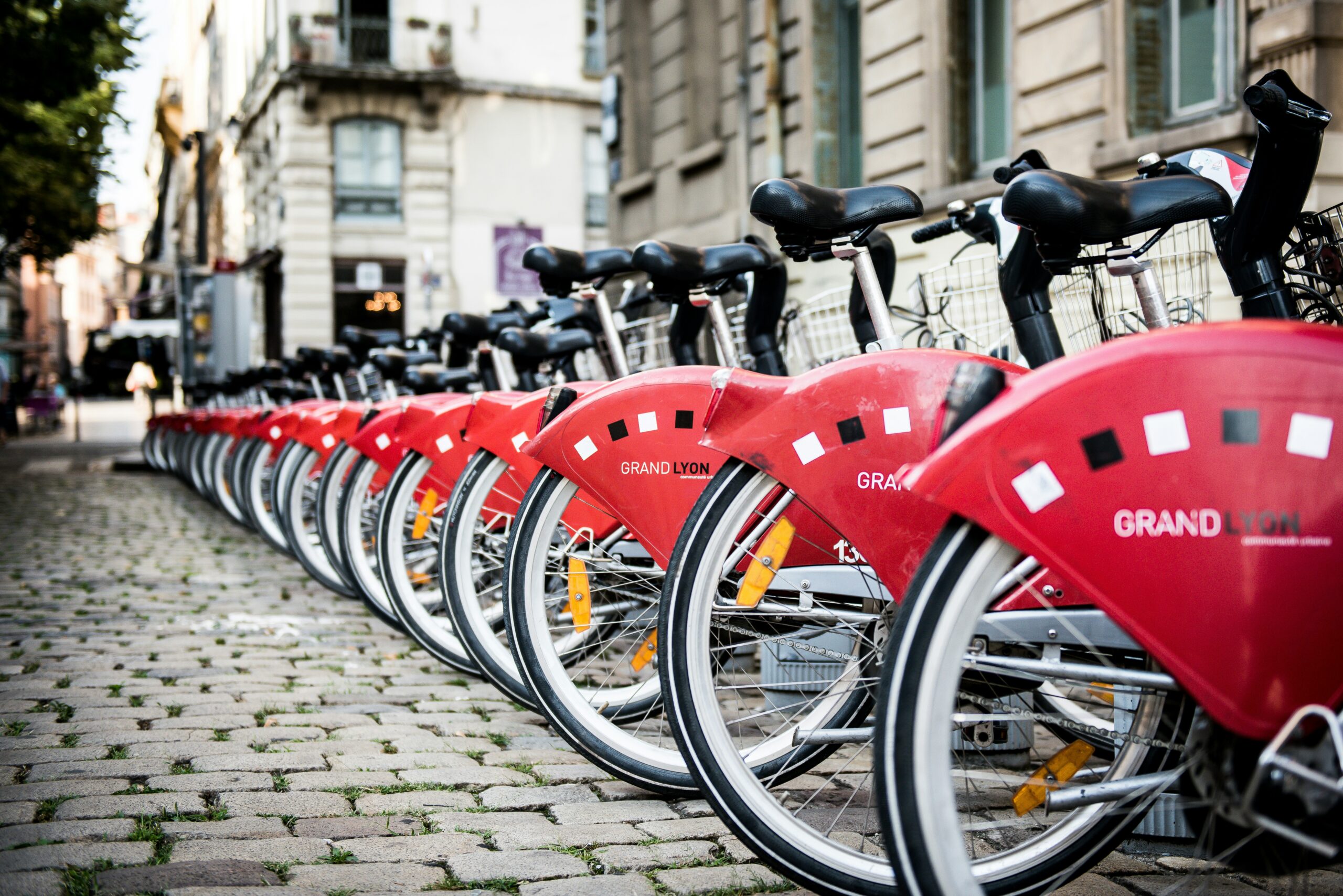 https://greenmarked.it/wp-content/uploads/2024/02/stephane-mingot-e8msPzLTXxU-unsplash-scaled.jpg
1708
2560
Lorenzo Barbieri
https://greenmarked.it/wp-content/uploads/2022/01/LOGO-GREENMARKED-SITO-600x600.png
Lorenzo Barbieri2024-02-06 00:05:432024-02-06 01:15:52Will Bicycles Save the Big Cities?
https://greenmarked.it/wp-content/uploads/2024/02/stephane-mingot-e8msPzLTXxU-unsplash-scaled.jpg
1708
2560
Lorenzo Barbieri
https://greenmarked.it/wp-content/uploads/2022/01/LOGO-GREENMARKED-SITO-600x600.png
Lorenzo Barbieri2024-02-06 00:05:432024-02-06 01:15:52Will Bicycles Save the Big Cities?November 02, 2023
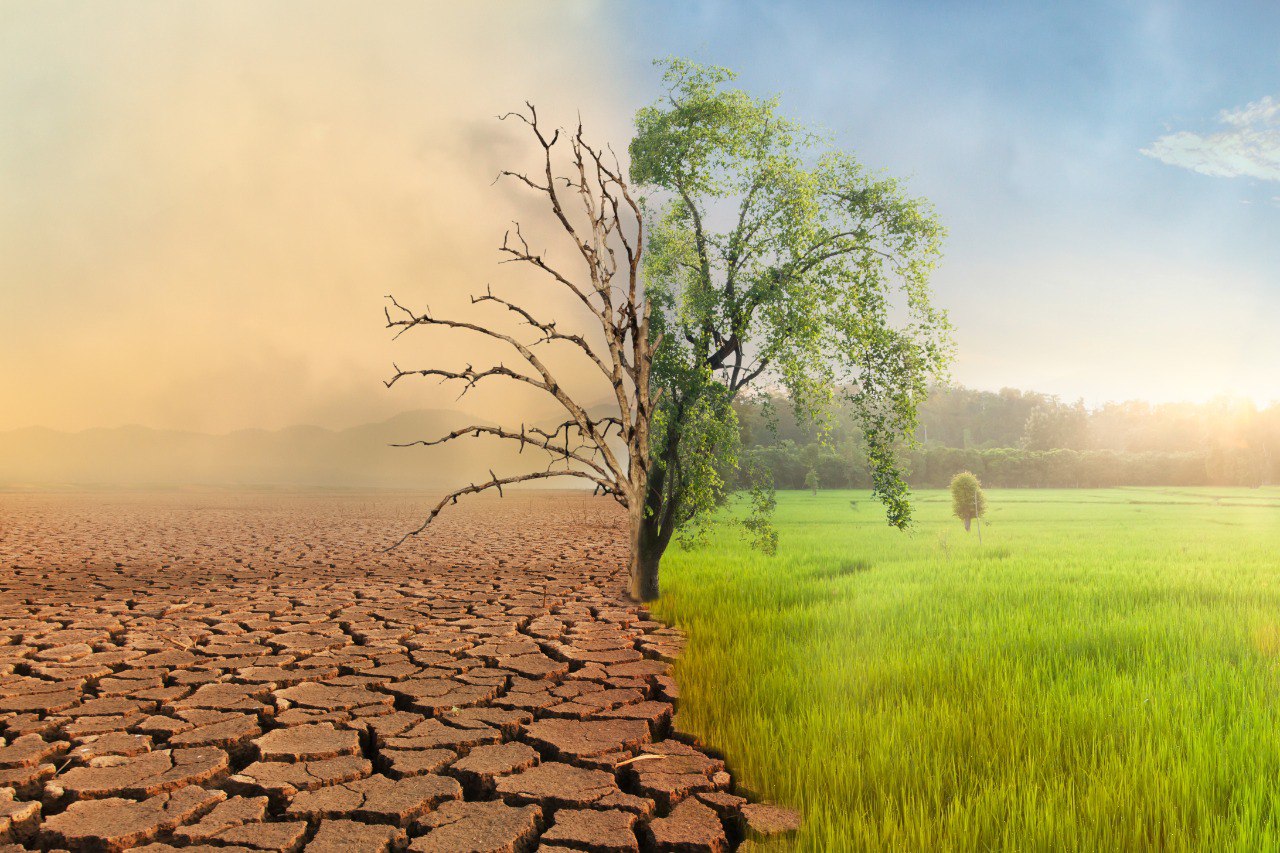
As a delta country, climate plays an important role in the Netherlands. For an accessible, liveable and safe country, knowledge about the future climate is very important. With coastal defences, dykes and infrastructure projects, the Dutch became known for their water management. The large investments involved require foresight. This is why the Royal Netherlands Meteorological Institute (KNMI) provides climate scenarios for a possible future climate in the Netherlands. In October, the KNMI scenarios for 2023 were published [1].
Future scenarios
Using the latest findings of the international climate panel IPCC on the situation in the Netherlands, KNMI’s future scenarios provide insight into the extent of heat, drought, precipitation and sea level rise in 2050, 2100 and 2300. All future scenarios reflect a changing climate in the Netherlands, with warmer temperatures in all seasons. Winter becomes wetter with fewer frost days, summer becomes drier with more tropical days, heavier showers occur, and the sea level continues to rise —the extent largely on the amount of (global) CO₂ emissions [1].
Dutch temperatures already increased by 2 degrees since the KNMI started measuring in 1901, while the amount of precipitation has increased by over 20%. Precipitation falls in more extreme showers and the likelihood of extreme heat has already increased [1].
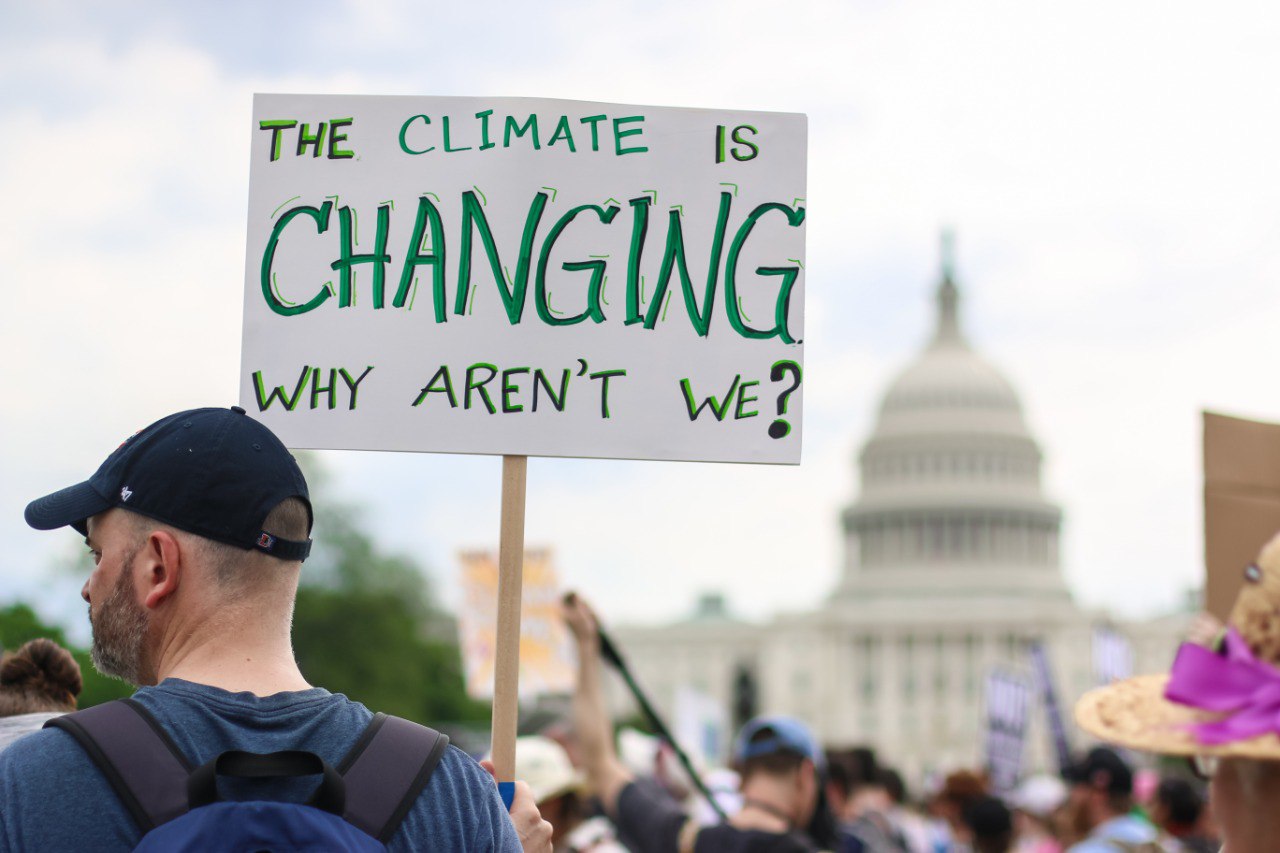
Fig. 1: People attending a climate march to stand up against climate change. Copyright-free photo by Nicole Glass Photography on Shutterstock.
50 degrees
“In [Dutch] cities, we can no longer rule out 50 degrees”
KNMI climate scientist Karin van der Wiel [2].
When talking about the scenario in which the world has little or no success in reducing GHG emissions, the 2019 Dutch heat record of over 40 degrees could occur every other year by the end of this century. Assuming a 2 to 4-degree temperature rise by the end of the 21st century, extreme conditions in the Netherlands would not be limited to 40 degrees as in 2019, instead Dutch cities could face temperatures up to 50 degrees (given that cities retain more heat due to urban asphalt and concrete) [1].
“Following the warm, dry scenario, an average summer around 2100 is about as dry as an extremely dry summer today.”
KNMI [1]
It should be noted that KNMI’s high scenario assumes the IPCC’s controversial emission pathway RCP8.5 (with an increase in emissions at the current rate until 2080 and then only level off), which is no longer considered plausible or realistic by many scientists. Although this is not considered “business as usual”, KNMI project leader Rob van Dorland argued the exceptional emissions scenario was chosen due to potential unforeseen events in the changing climate [2].
Water rise
When staying within the boarders of the Paris Agreement, the Dutch will see their North Sea rising between 26 and 73 centimetres, compared to 59 to 124 centimetres in a high scenario [1]. However, due to uncertainties about the stability of the Antarctic ice mass, sea level rise could accelerate. Some observations go faster than the climate models, up to 17 metres in 2300. This is why KNMI has assumed RCP8.5 [2].
In “An Increasing Blue Risk”, we already pointed out that the Delta North Sea Protection Works only anticipated a 40 cm rise in seawater, but the KNMI no longer rules out a 2.5-metre rise when certain tipping points are exceeded [1].
According to KNMI’s chief executive Van Aalst, one conclusion is clear: “We must do all we can to reduce our greenhouse gas emissions as quickly as possible, even if the Netherlands contributes very little to global emissions. After all, per capita [the Dutch] still emit almost double the world average. Historically, too, we have a responsibility as Europe. And it is in our own interest as the Netherlands to push the world in the right direction” [2].
For more information, read the English report “KNMI National Climate Scenarios 2023 for the Netherlands”.
This article is part of the project “PILLOLE D’ACQUA PIANA: seminari itineranti, blog e podcast per una gestione sostenibile delle risorse idriche in Piana Rotaliana” carried out by ECONTROVERTIA APS and supported by Fondazione Caritro (Prot. no. U445.2023/SG.386 of April 23, 2023).

Related articles:
References:
[1] Bessembinder, J., Bintanja, R., Van Dorland, R., Homan, C., Overbeek, B., Selten, F. & Siegmund, P. (2023, 9 October). KNMI’23 climate scenario’s for the Netherlands (Translated by Author). Retrieved from https://www.rijksoverheid.nl/binaries/rijksoverheid/documenten/rapporten/2023/10/09/bijlage-knmi-klimaatscenarios/bijlage-knmi-klimaatscenarios.pdf
[2] Timmer, E. (2023, 9 October). Netherlands must prepare for climate ‘nightmares’, says KNMI: 30 tropical days a year and very dry (Translated by Author). Retrieved from https://www.parool.nl/nederland/nederland-moet-zich-opmaken-voor-nachtmerries-qua-klimaat-zegt-knmi-30-tropische-dagen-per-jaar-en-zeer-droog~b7987a74/
Cover and preview image: A dead tree with air pollution and green grass with beautiful sunlight sky metaphor world nature disaster and global warming concept. Copyright-free photo by Piyaset on Shutterstock.

